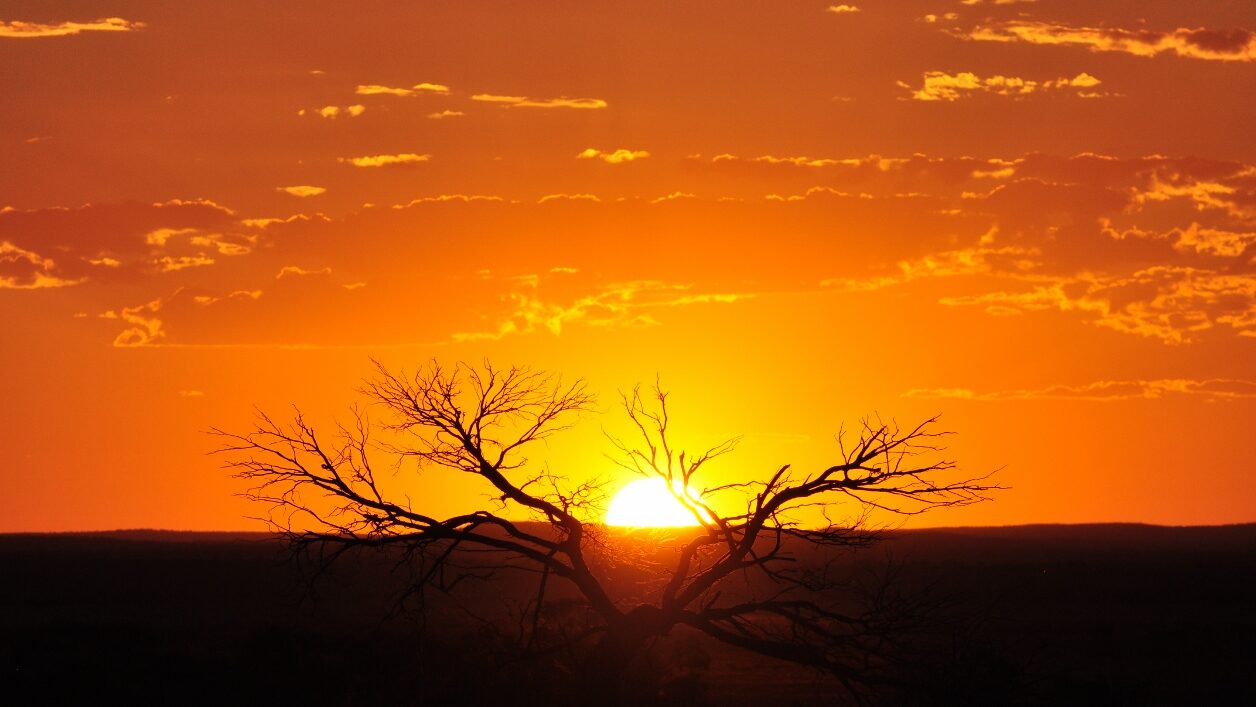The Northern Peninsular Area, of which the Tip is only one part, has a lot of history and there’s a lot to see.
If you can find it.
Like Darwin, there was a lot of activity here during World War II. And like Darwin, it’s not taught about in history at school.
I can understand the reticence during the war to let anybody know that Australia was under direct attack, but I find it much harder to understand why it still seems to be a secret.

Darwin has embraced its history, and there are sites of interest clearly marked, with easy to find information about them.
But it’s the opposite here. There are a number of plane wrecks, old fuel dumps, and other signs of war time activity. The Australian army and air force were both stationed up here, as were the Americans and British. And the place was bombed.
You can find some information if you really look, but finding the ruins themselves is a lot more difficult. You often need somebody who has been there to give you directions, and even then you usually have to hunt around.
Because of the thick rainforest here, some of the ruins have been lost, and others are on their way to being eaten up by the rainforest.
I’m not sure if this is because the area is under Indigenous control and it’s not a history they want to remember, but there were a lot of Aboriginal and Torres Strait Islander soldiers who fought during WWII, and a lot of their lives were lost as well.
There’s a very good book on the wartime history of Horn Island written by Vanessa Seekee that should be required reading in schools, and the Green Hill Fort on Thursday Island also holds a lot of information and relics.

But it’s not just wartime or settler history that’s hard to find.
Indigenous history and information is equally scarce. Further south there are Indigenous Cultural Centres and Indigenous cultural tours, as well as easy to find rock art galleries, but up here, there’s very little.
Thursday Island has the Gab Titui Cultural Centre which is very interesting, and in the Torres Strait there’s a lot more information about Islander culture. Thursday Island deserves a blog to itself – I fell in love with the place and am now looking for a way to spend an extended period there.
Lockhart River has a fabulous Arts Centre which welcomes visitors, but despite two telephone calls and two emails, I’m still waiting to hear from Aurukun Council about my request to visit the Arts Centre there.
But back to the top of the Cape.
It’s not as if tourists are discouraged, or treated with hostility. The feeling I get is that locals don’t know why we want to come here at all.
Outside the camping areas (some of which are very good), there’s very little acknowledgement that tourism exists on the Cape. There’s no signage, even to major attractions like the Tip, so when you get to a fork in a road you often end up going down a track that is private.
While you can get to see a lot more of the country this way, the communities or stations that own those roads don’t welcome strangers coming along.
There are also very few tours or activities such as fishing charters you can do, and the advertising is often non-existent, so you rely heavily on word-of-mouth to find out what’s going on.

The physical and cultural landscape of the Cape are unique, and there’s a lot of native flora and fauna here you don’t find elsewhere on the Australian mainland. I would have loved to have been able to go on a walking or camping tour, perhaps spotlighting to try to see some nocturnal animals, and learn a bit about bush tucker and traditional medicines.
Cape York Council and the Northern Peninsular Area Council put a lot of effort into education and economic development for the Indigenous people in the area. Tourism is a good way to combine the two, and teach the non-Indigenous population about the real history of our country.






We spoke to a lot of people on this specific subject. Everyone, including some ‘locals’ told u that, basically, tourists are not wanted in the Cape. The ‘local’ people don’t need tourists to survive. The ywant to live their lives as they want to, without us ‘whities’ telling them what they should be doing.
The problem we saw though is that when it is left to the indigenous control the areas, there appears to be no garbage controls, no cleanup of dumped vehicles, no looking after of resources, and basically, no caring of the land. It is a sad intictment of reality, and I am not blaming the locals, because a lot of the rubbish we saw was brought in by tourists who don’t seem to have any common sense, or care, about what they do to such a pristine area.